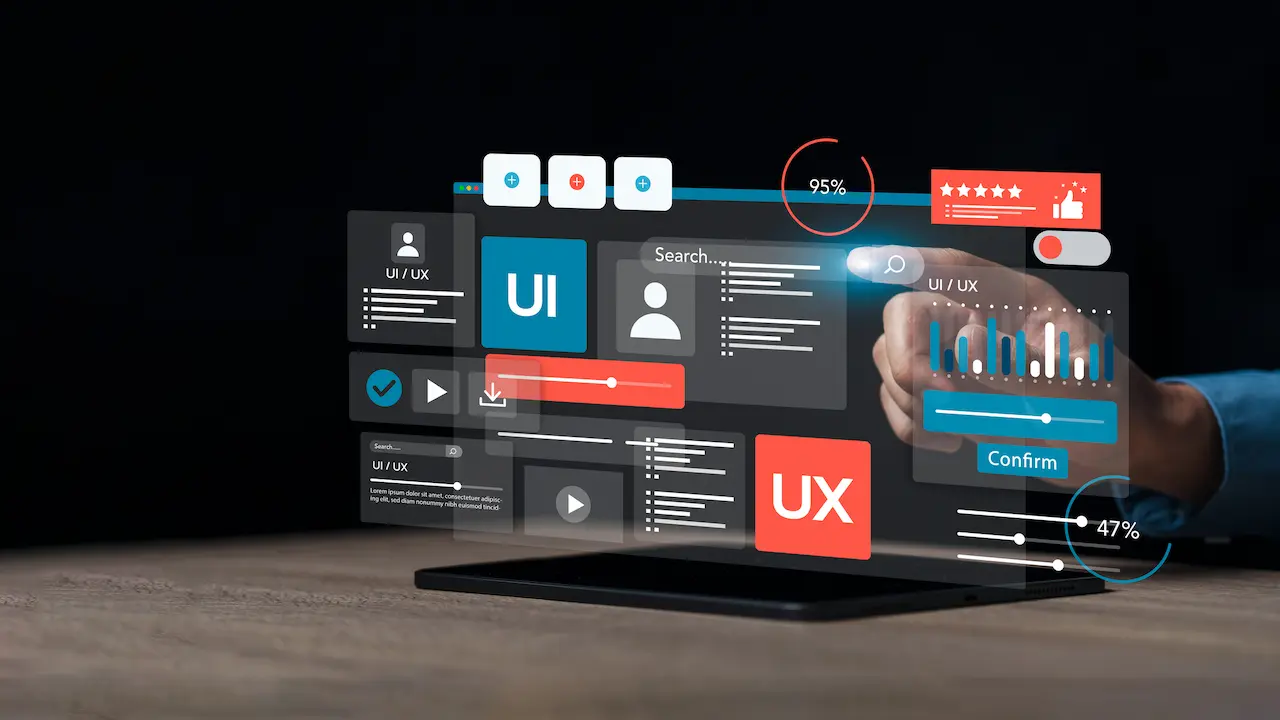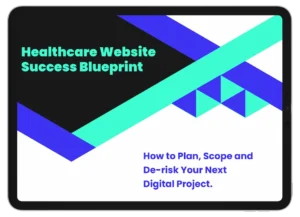Starting a new healthcare or pharma website project is exciting, but without the right strategy, it’s easy for projects to drift off course.
We often see companies get caught up in endless tweaks, unnecessary features, and missed opportunities – not because they aren’t committed, but because the early priorities weren’t set quite right.
We believe that the key to success is asking the right questions from day one.
Here’s why it matters and how you can set your next project up for a smoother, more strategic journey.
1. The Briefing Trap: Why Initial Website Briefs Are Often Misleading
(Why it matters: Starting wrong costs time and money.)
Here’s a secret, initial website briefs rarely tell the full story. Clients typically start with a wishlist of cool features they’ve seen elsewhere or vague goals like “make it innovative.”
But these requests often lack strategic grounding. Why? Because early excitement tends to overshadow deeper business objectives.
If you don’t get under the skin of the brief, you risk building a site that looks great… but fails to deliver.
2. Vanity vs Value: Typical Website Feature Requests (and Why They Rarely Help)
(Why it matters: Flashy features rarely serve real user needs.)
Ever asked for an elaborate video background or fancy sliders, “just because”?
They often look great on the reference sites you’ve shared, which, more often than not, come from B2C sectors or B2B industries that can get away with more bells and whistles. But in healthcare and pharma, these features usually add minimal real value.
For healthcare and pharma sites, clarity, compliance, and accessibility will always trump flashy aesthetics. Busy healthcare professionals and worried patients value speed, trust, and simplicity over gimmicks.
Of course, there are exceptions.
Healthcare start-ups building investor-focused websites might benefit from a more visually impactful design – especially if they’re offering something truly innovative.
But even then, investors are busy people too.
What they really want to see is simple: What problem are you solving? Is your product or service a game-changer? How big is the market? What are the potential returns and risk levels?
In other words: substance first, style second.
3. Digging Deeper: How We Uncover What Clients Truly Need
Our secret sauce? Asking better questions.
Instead of “What features do you want?” we ask:
- “Who are your users, and what exactly do they need?”
- “How does your site fit within your wider business goals?”
This strategy-first approach strips out the noise and reveals what’s really needed to create a site that performs.
4. Less is More: How Simplifying a Brief Delivered Better Results
Take one healthcare client.
They initially asked for a detailed interactive anatomy tool – sounded impressive on paper. But when we examined their user base, busy professionals needing fast access to prescribing information – the real need was speed and simplicity.
We rebuilt the site around smarter navigation and a powerful search function. User engagement skyrocketed, and the client saved both budget and time.
5. Five Things Clients Should Focus On When Planning a New Website
(These are your new must-haves.)
- Know Your Audience Inside Out: Build the site around their real needs, not assumptions.
- Align Every Feature to Your Objectives: Every element must support a clear business goal.
- Focus on User Experience & Journeys (UX): Prioritise simplicity, clarity, and speed of access.
- Prioritise Compliance and Accessibility: In healthcare, this isn’t optional — it’s critical.
- Measure and Iterate: Build with analytics in mind so you can improve based on real user behaviour.
6. Content and Messaging: Why What You Say Matters as Much as How You Say It
Design matters, but without the right content, your site will fall flat.
In healthcare and pharma, your messaging must be:
- Clear
- Accurate
- Compliant
Avoid heavy jargon. Speak directly to the user’s needs. Structured, easy-to-scan content massively boosts trust and engagement – two essentials in regulated markets.
7. Avoiding the Mistakes of Others: Common Pitfalls in Pharma and Healthcare Sites
(Why it matters: Redesigns are expensive.)
We’ve seen pharma sites crippled by jargon-heavy content nobody reads, complex navigation that frustrates users, and compliance disasters caused by poorly managed CMS setups.
Learning from these mistakes early saves enormous time, money and reputation headaches later.
8. Wrapping Up: Why Strategy-First Websites Win Every Time
Approach your healthcare website strategically from day one and you’ll avoid complexity, wasted budget, and missed opportunities.
Focus on what truly matters — your users, clear objectives, simplicity, and compliance — and you’ll build a site that actually delivers.
If you’re planning a healthcare or pharma website, let’s make sure you’re building what your users — and your business — truly need.
Let’s talk strategy.
BONUS CONTENT
Download our Healthcare Website Success Blueprint to align teams, de-risk approvals and build scalable, compliant websites.


